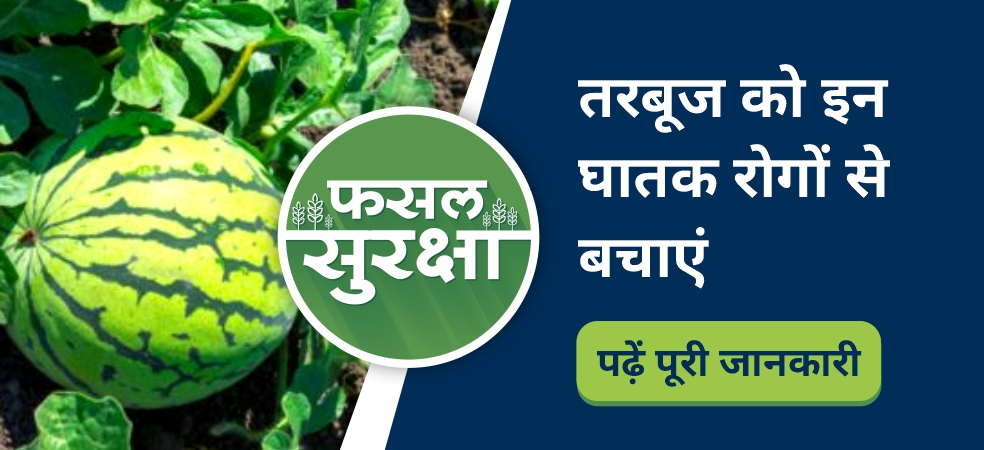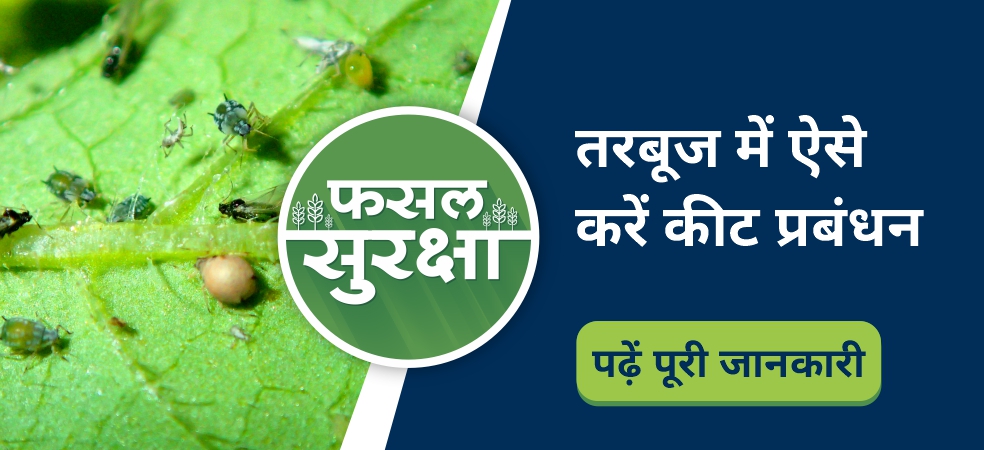-
Do not take samples from under trees, from bunds, low places, where there is a heap of manure, where waterlogged etc.
-
For soil testing, samples should be taken in such a way that the area represents the entire field, for this, at least 500 gm of the sample must be taken.
-
Select 8-10 locations for sampling, depending on the area of the field, by removing organic matter such as twigs, dry leaves, stalks and grasses from the top surface of the soil.
-
The soil sample should be taken at the same depth as the root depth of the crop to be planted at the selected locations.
-
Soil samples should be collected in a clean bucket or tank. Be sure to label this soil sample.
-
If the sampling area is large, the number of samples should be increased accordingly.
ShareKeep reading Gramophone’s articles for more such important information related to agriculture sector. Also share this article with your friends using the share button below.










